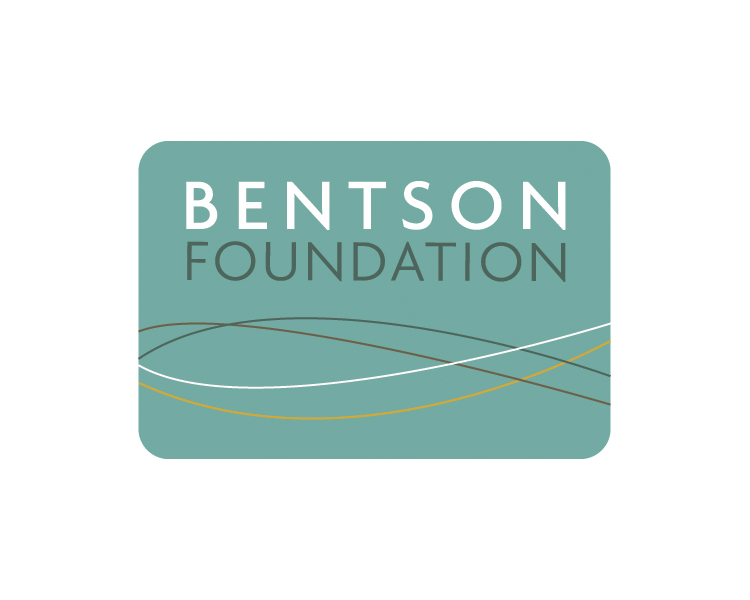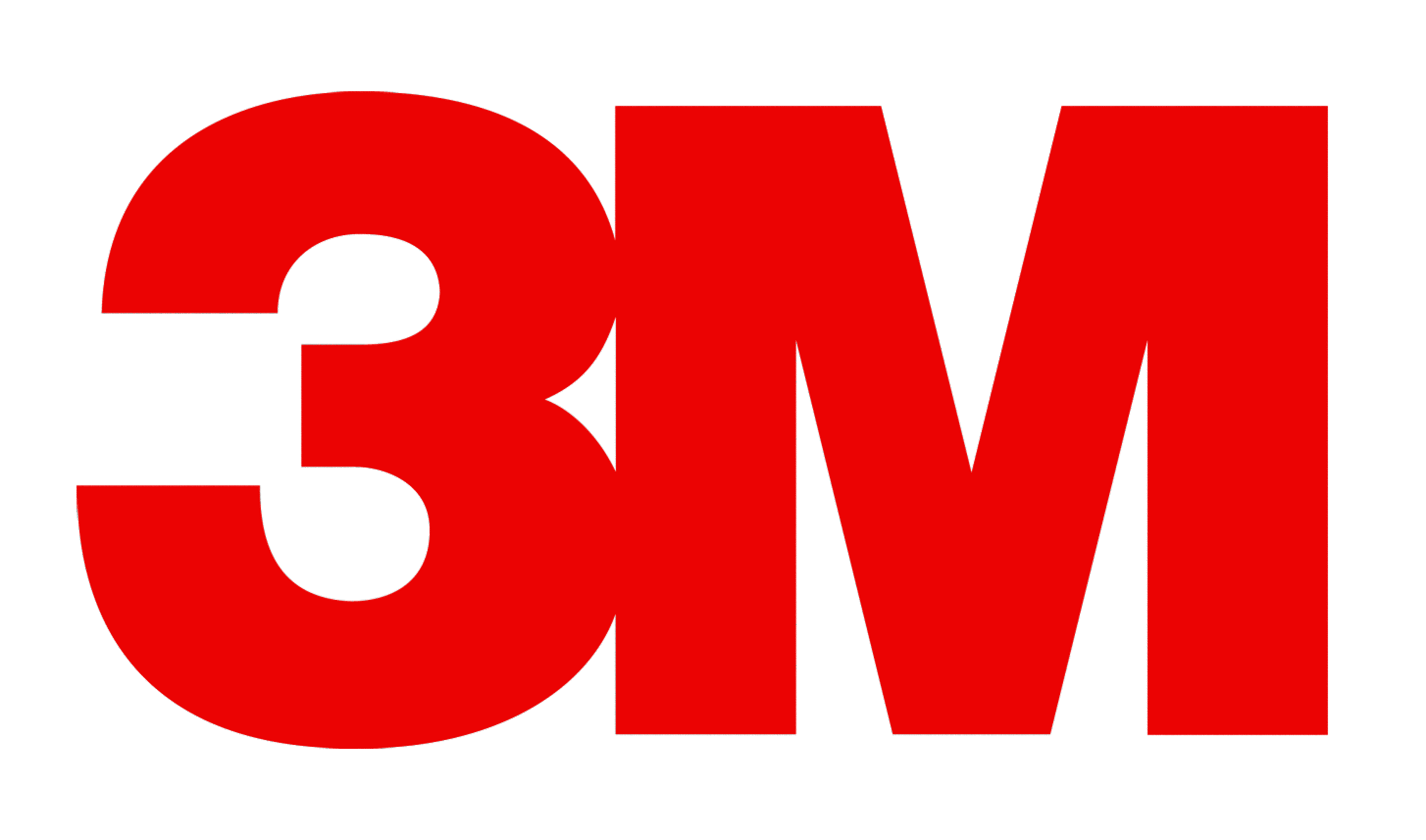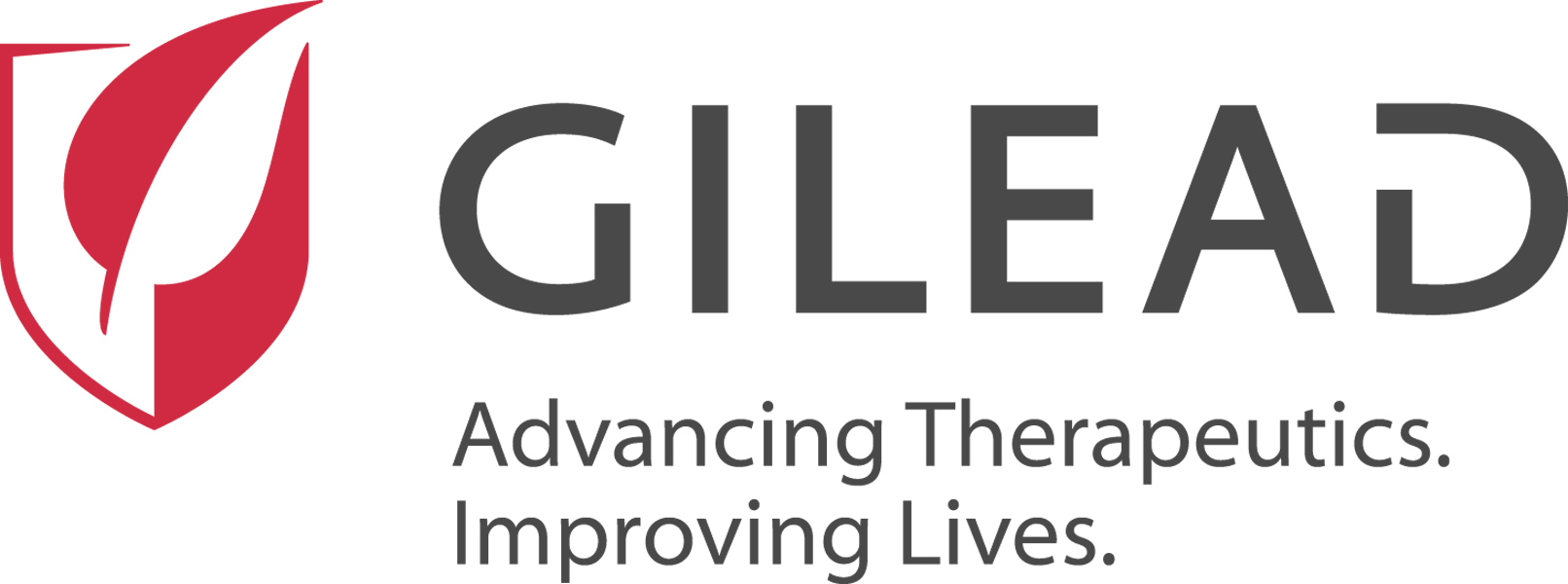A new study in The Lancet Public Health notes changes in the new and total use of medications after shortage announcements in Europe and the United States from 2013 to 2023.
The University of Oxford–led network cohort analysis involved data from the European Health Data and Evidence Network on 57 drugs from 52 databases in 18 European countries and the United States, including those from primary care, secondary care, health insurance claims, and disease registries.
The team estimated the annual new use (incidence) and overall use (prevalence) of 16 medications in shortage and their 41 main alternative drugs. They also analyzed changes in use vis-a-vis age, sex, indication, duration, and dosage. A shortage was defined as a reduction of 33% or more in incidence or prevalence after the European Medicines Agency (EMA) announced the shortage.
In 2013, the EMA launched the first catalogue of medicine shortages. "Since that date, the EMA has regularly updated this catalogue in accordance with the status of medicines under surveillance due to shortages in more than one European country," the researchers wrote. "The list includes information such as the reason for the shortage, and recommendations regarding alternatives for patients, health-care professionals, and other stakeholders."
Overall amoxicillin use fell off after announcement
Eight drugs saw a 33% or greater reduction in new use, and nine drugs had at least a 33% reduction in overall use. The most affected countries were Spain, the United Kingdom, and the United States. The United States experienced the largest number of drugs with at least a 33% reduction in continued use, followed by Belgium and Spain.
After the EMA announced a shortage of the antibiotic amoxicillin alone and in combination with clavulanate (which can overcome antibiotic resistance) in January 2023, overall use of amoxicillin fell in 55% of 22 databases, and total use of amoxicillin with clavulanate dropped in 69% of 16 databases.
The effects were more evident in primary care, in which a steep decrease in amoxicillin use was seen in 55% of 11 databases. Likewise, declines in use of amoxicillin alone and with clavulanate were observed in 46% of 24 hospital databases and 43% of 14 databases, respectively.
For health insurance claims, linked data, and registries, drops in amoxicillin use were noted in 45% of 11 databases, and decreases in use of amoxicillin with clavulanate were seen in 44% of nine databases.
In addition to shortages, the continued use of amoxicillin alone and with clavulanate also fell substantially in 2020 amid the COVID-19 pandemic, with an increase in 2022 before another decline in 2023. The most pronounced rise in use was noted for the amoxicillin alternative azithromycin when amoxicillin use decreased, particularly in secondary care.
Predicting, responding to drug shortages
The proportion of new use of the anti-clotting drug alteplase for pulmonary embolism rose in German hospitals (from 18.6% in 2020 to 27.9% in 2022) and in Finnish hospitals (from 5.9% in 2020 to 6.7% in 2022) during the shortage, while new and continued use of the autoimmune-disease drug sarilumab for rheumatoid arthritis fell in databases in Finland, Spain, Sweden, and the United Kingdom.
This study highlighted changes in incidence and prevalence of use of medicines after shortage announcements, and changes observed in patient care in terms of the indication, duration, or prescribed dose of medicines.
A decrease in the cumulative dose among new sarilumab users was seen in Dutch databases (from 84 milligrams [mg] in 2020 to 28 mg in 2023), as was a reduction in treatment duration in Finnish databases (from 104 days in 2020 to 1 day in 2022) and Belgian databases (from 71 days in 2020 to 30 days in 2022).
The effects on new and overall use were most pronounced in primary care databases (56% of nine databases), followed by combined primary and secondary care databases, health insurance claims, and registries (40% in new use and 50% in total use in 10 databases) and secondary care (20% of 15 databases).
"This study highlighted changes in incidence and prevalence of use of medicines after shortage announcements, and changes observed in patient care in terms of the indication, duration, or prescribed dose of medicines," the study authors wrote. "Our findings showed that some reductions in use were observed across Europe and the USA, and others differed across countries."
"More research is needed to further our understanding on how to predict, identify in a timely manner, and mitigate the impact of drug shortages globally," they concluded.






















